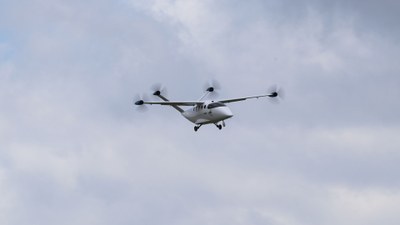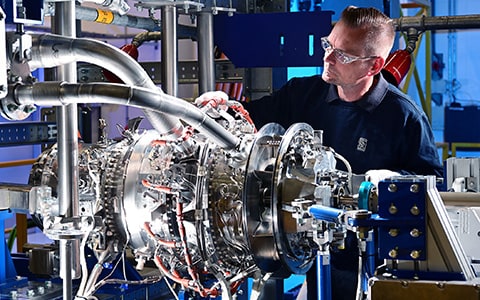Col. Meagher emphasizes that analyzing infrastructure needs is central to the effort and that some charging capacity is being erected at test locations - the cost of which must be added to the price tag for Archer’s aircraft. “If you have this test infrastructure for the vehicles,” he posits, “what else can you use it for on a base that has certain energy needs?”
It appears AFWERX will partner with the Defense Innovation Unit to figure that out using portable energy storage solutions. The portability of electricity is “critical” to how the Air Force will operate such vehicles and part of the calculus for how to approach either pure electric or hybrid systems.

AFWERX Is Shelling Out Up To $142 Million to Evaluate Archer’s Midnight eVTOL - Why?
The Air Force’s technology development arm has contracted with, Archer, for delivery of up to six of its eVTOLs. Why it’s spending so much is a curious question.
 www.forbes.com
www.forbes.com



